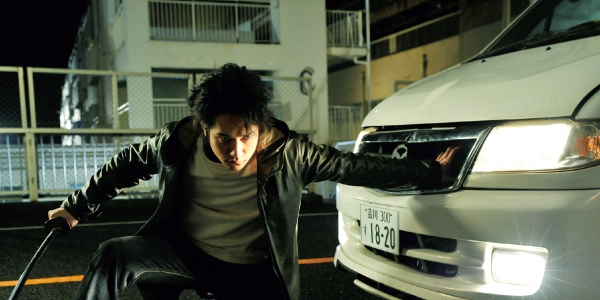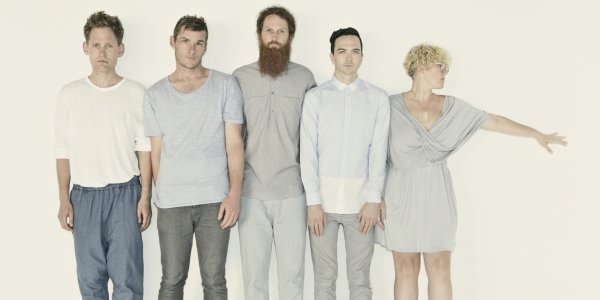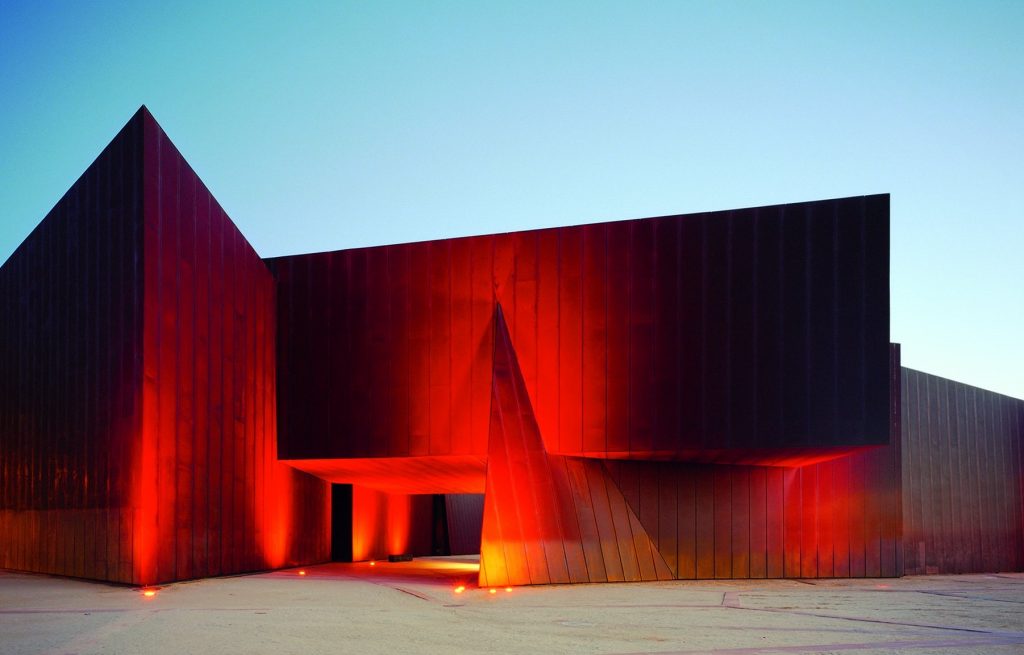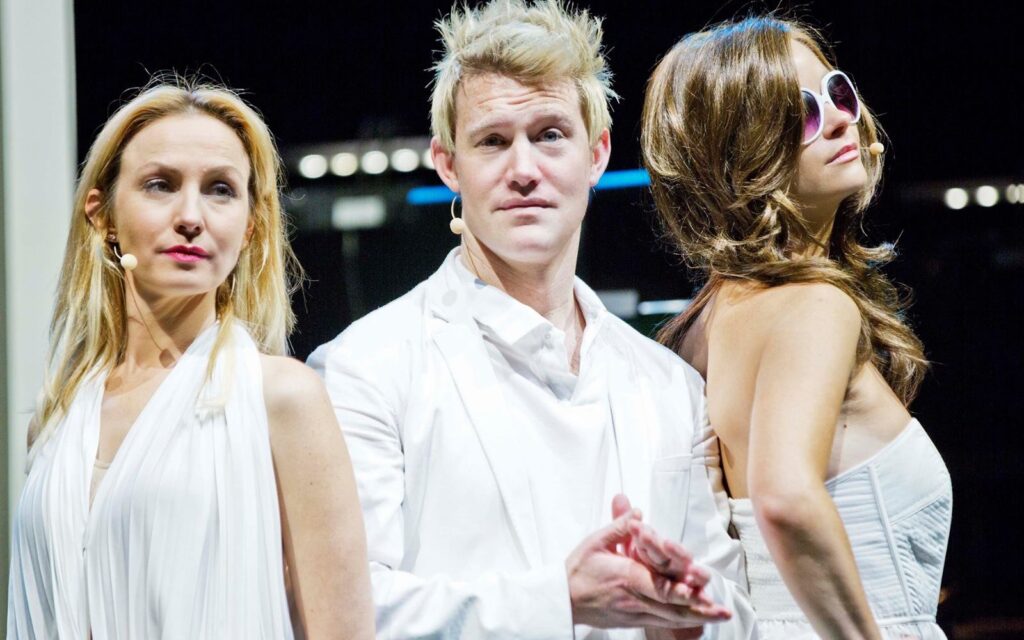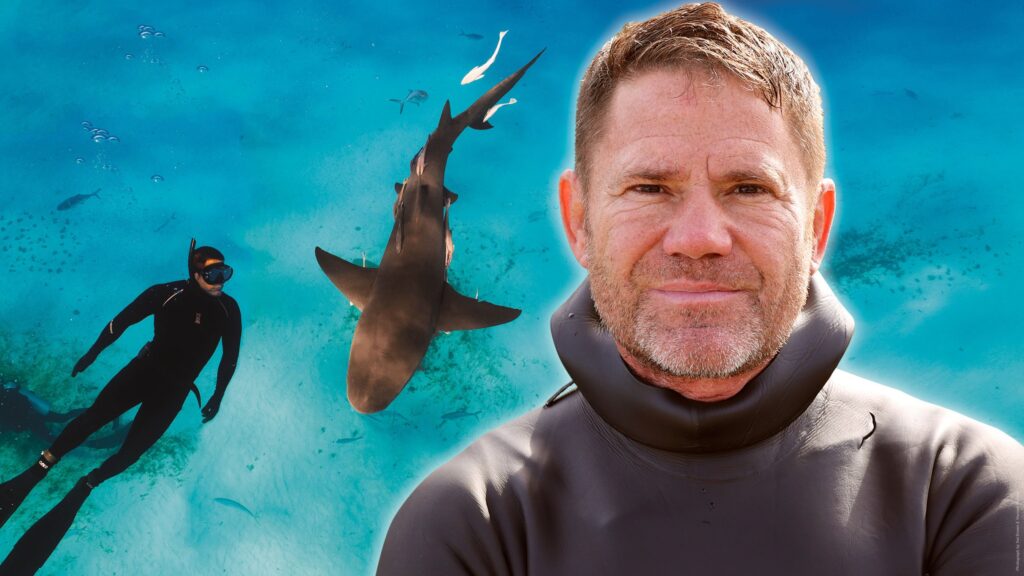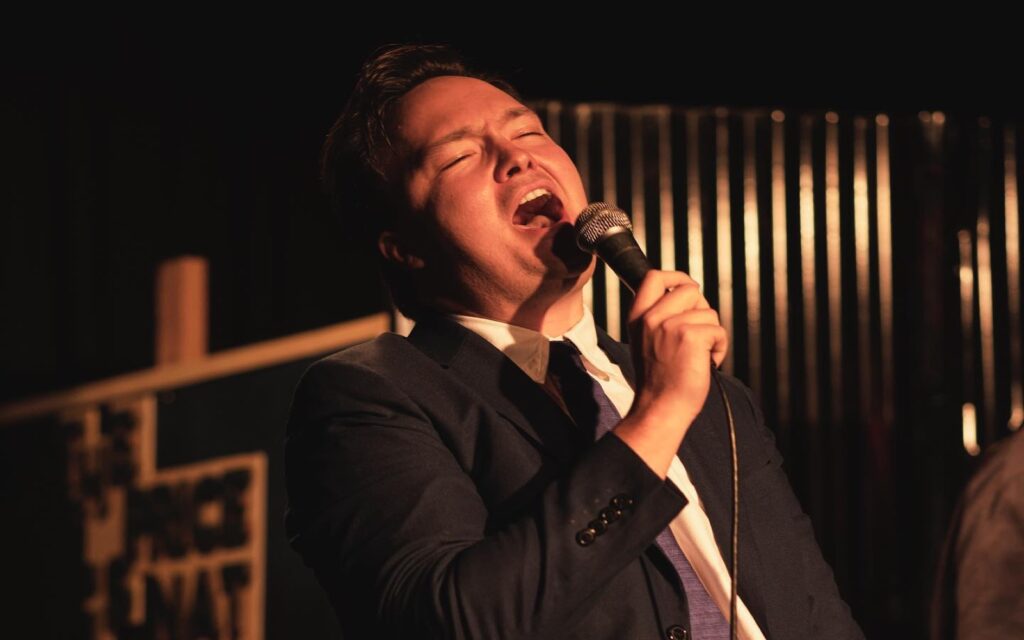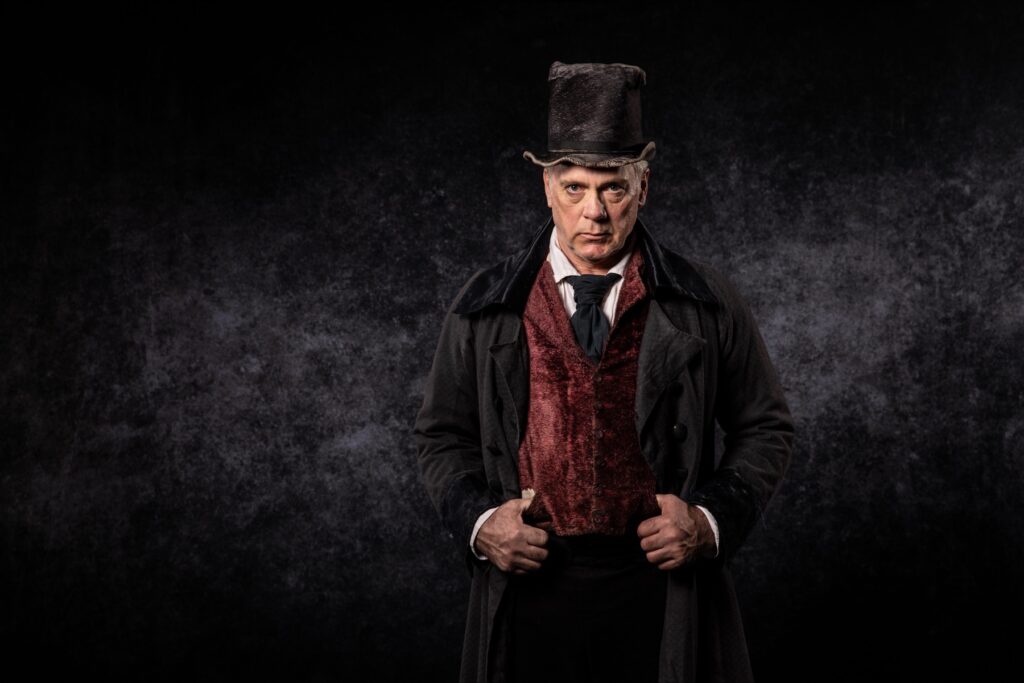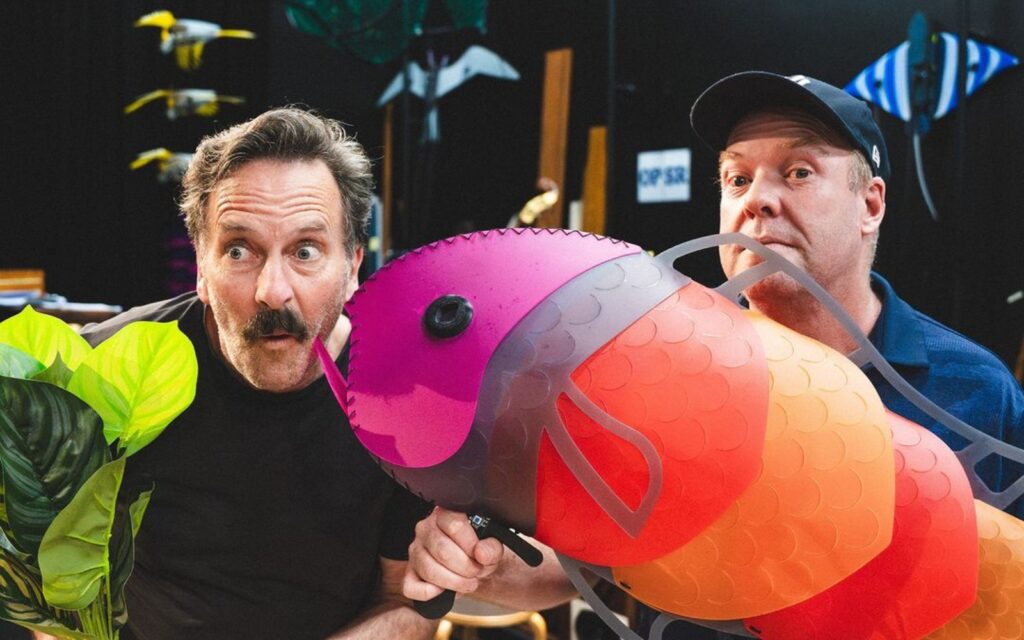Sadly, the surreal images of the quake and monstrous wave horrified the world for only a time – but then, for us, it subsided. Sure we still get the odd story about the struggle to containment a nuclear power plant or the many aftershocks that followed the main event, but largely, for us at least, the worst is over.
This isn’t the case for Japan, which is struggling to survive in the aftermath. It is from this tragedy and its long-lasting after effects that this year’s Japanese Film Festival takes its cue.
“I want to expose and show what’s happening at the moment,” says festival director Masafumi Konomi. “There isn’t much exposure in the media unfortunately and you forget.
I believe it’s my responsibility to show what’s happening and the future of the people.”
The implication here is not that each film is related to earthquake and tragedy but rather that current events were a guiding theme for this year’s selection of films.
“Finding hope through film,” says Konomi, “is this year’s theme.”
That’s why the opening title, A Ghost of A Chance, is one by the director known in Japan as “The King of Comedy” – Koko Mitani. It is Japan’s most recent film, which is why it is used as an introduction. But it’s also a happy film setting the scene for the overall theme.
“I really wanted to introduce his films to Australia a long time ago,” says Konomi, who has also arranged for a screening of a mini retrospective of the director. “So I was waiting for his new film so when I went to Japan this July, I really wanted this film to introduce with the other films.”
There are two other Mitani films in the festival – Suite Dreams and The Magic Hour. All three are comedies.
“I chose comedies because the big tragedy in Japan in March. I wanted to show the happy films,” Konomi explains.
Of course, another reason for introducing Mitani to the Australian audience is due to the existing conception that Japanese film is anchored strongly in the horror or action genres. It is Konomi’s goal to challenge these conceptions by screening films that go a way to represent the diversity of Japanese cinema.
“Every year we produce 400 films in Japan. Australia has a very limited knowledge about Japan so I wanted to show the wide range of film. Whenever I ask Australia, they always say action or anime. I always try to choose a wide range of film so I don’t choose specific genre.”
There is indeed a wide selection, like the science fiction films inspired by the popular manga series Gantz and its sequel Gantz: Perfect Answer. Space Battleship Yamato, featuring an ex-pilot Kodai on an assignment to save Earth from destruction, is another in the genre.
Then there are dramas including the closing film, Takahisa Zeze’s Life Back Then, described as “a sombre drama about disposing the belongings left behind by people who have died alone.”
But the lovers of the expected Japanese action stories have not been forgotten. Shigemichi Sugita’s The Last Ronin, is a legendary tale with a traditional samurai narrative about the 47 Ronin or the Chushingura who seek revenge for the death of their master. Oba The Last Samurai is Hideyuki Hirayama’s tale set during the Battle of Saipan (1944-45 during WWII). Based on a story documented by US marine Don Jones, the film is a rare example of the war-film genre and tells the story from both Japanese and US perspectives, shedding light on the samurai creed of death before dishonour.
Getting back to the theme of the festival, it’s important to note the films that are about two famous earthquakes in Japan. The first, The Town’s Children, is part drama and part documentary and features actors who return to their hometown of Sabe rattled by the Great Hanshin Earthquake in 1995.
“The two main actors actually had experience of the earthquake when they were children,” says Konomi. “The story of town’s children is those people came back after 15 years and they meet each other at the train station and talk about their experience. Eventually they are going to one of the events, which is the 15th anniversary of the [earthquake]. That’s real events. Half of it is drama, but ending is documentary.”
The other film is a full documentary entitled Yamakoshi: The Recovery of A Tiny Japanese Village.
“I really wanted the director but unfortunately he passed away,” says Konomi who instead has invited the cinematographer to speak after the screening.
The new studio Ghibli animation Arriety will also be shown as well as loads more amazing films.
“People in Melbourne complain because they think there are always less films than Sydney. Last year we showed fifteen titles in Melbourne and in Sydney we had 20 films. This year I make them be happy with 35 films in Melbourne and 30 in Sydney,” laughs Konomi.
